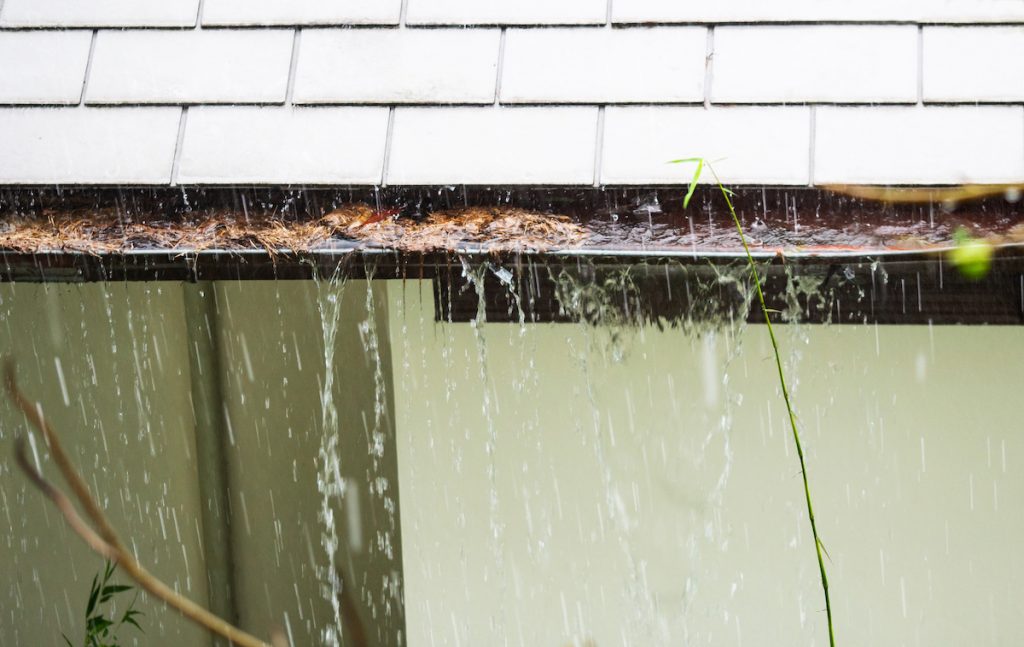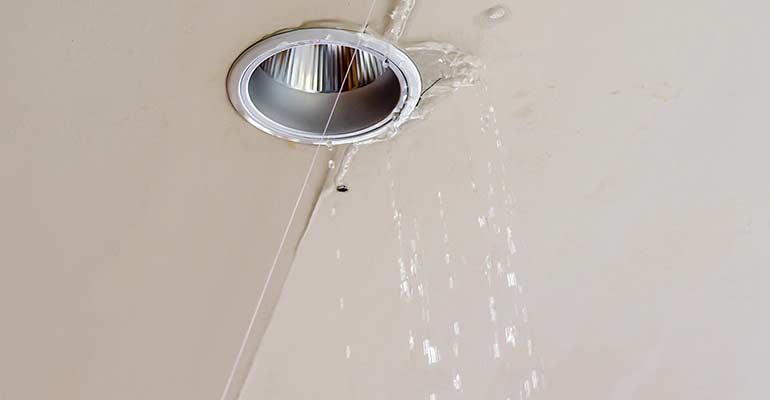Unveiling the Primary Sources of Leakage Within Your Home
Unveiling the Primary Sources of Leakage Within Your Home
Blog Article
This article which follows relating to How Fast Water Damage Can Ruin Your Home is relatively remarkable. Don't miss it.

Leakages not just cause waste of water yet can additionally create unneeded damage to your home as well as promote undesirable organic development. By looking and also recognizing for everyday circumstances that create leakages, you can secure your residence from future leaks as well as unneeded damage.
Elbowing in roots
The majority of water leakages begin outside the house as opposed to inside it. If you observe an unexpected decrease in water pressure, state in your tap, require time to go out as well as analyze your yard. You might discover wet patches or sinkholes in your backyard, and that might imply that tree origins are invading water lines triggering water to permeate out. You can have your plumber check for intrusion, especially if you have trees or shrubs near your residential or commercial property.
Rusty water systems
This might be the reason of staining or bending on your water pipelines. If our plumbing system is old, think about changing the pipelines because they are at a higher danger of deterioration than the newer designs.
Defective Pipeline Joints
The factor at which your pipes attach is regularly the weakest link in the waterline. Pipeline joints can degrade over time, leading to water leaks. Sadly, the majority of pipeline joints are not easily visible. If you have noisy pipes that make ticking or banging noises, especially when the warm water is activated, your pipe joints are probably under a great deal of pressure. It is recommended to have your plumber examine your system yearly.
Instant temperature level changes.
Extreme temperature level changes in our pipes can create them to broaden as well as get all of a sudden. This expansion as well as contraction may create cracks in the pipes, particularly if the temperature level are below freezing. It would be best if you watched on just how your plumbing functions. The visibility of the previously stated circumstances regularly suggests a high danger.
Poor Water Connectors
At times, a leakage can be triggered by loosened hose pipes as well as pipelines that supply your appliances. In case of a water connections leakage, you may observe water running straight from the supply line or puddles around your devices.
Obstructed Drains
Blocked drains could be frustrating as well as inconveniencing, however they can occasionally end up creating an overflow leading to burst pipelines. Keep removing any kind of products that might drop your drains pipes that can clog them to avoid such troubles.
All the above are sources of leakages however not all water leaks arise from plumbing leakages; some leakages may originate from roofing system leaks. All leakages should be repaired instantly to avoid water damages.
Leakages not only cause waste of water but can likewise cause unneeded damages to your home and also advertise unwanted organic development. By understanding as well as looking for everyday circumstances that cause leakages, you can secure your residence from future leakages and also unneeded damages. Today, we will certainly look at six leak triggers that may be triggering your pipes to trickle.
At times, a leak can be created by loose pipes and pipelines that supply your devices. In situation of a water connections leakage, you might see water running directly from the supply line or puddles around your devices.
How To Check For Water Leak In Your Home
How To Check for Leaks
The average household's leaks can account for nearly 10,000 gallons of water wasted every year and ten percent of homes have leaks that waste 90 gallons or more per day. Common types of leaks found in the home are worn toilet flappers, dripping faucets, and other leaking valves. These types of leaks are often easy to fix, requiring only a few tools and hardware that can pay for themselves in water savings. Fixing easily corrected household water leaks can save homeowners about 10 percent on their water bills.
To check for leaks in your home, you first need to determine whether you're wasting water and then identify the source of the leak. Here are some tips for finding leaks:
Take a look at your water usage during a colder month, such as January or February. If a family of four exceeds 12,000 gallons per month, there are serious leaks.
Check your water meter before and after a two-hour period when no water is being used. If the meter changes at all, you probably have a leak.
Identify toilet leaks by placing a drop of food coloring in the toilet tank. If any color shows up in the bowl after 10 minutes, you have a leak. (Be sure to flush immediately after the experiment to avoid staining the tank.)
Examine faucet gaskets and pipe fittings for any water on the outside of the pipe to check for surface leaks.
Undetected water leaks can happen without the home or business owner even realizing. If you suspect a water leak, but not able to find the source. It is time to contact a professional water leak detection service, The Leak Doctor.
How To Find a Water Leak In Your Home
https://www.leakdoctor.com/blog/How-To-Check-For-Water-Leak-In-Your-Home_AE197.html

As an avid reader about How to Find Water Leaks, I thought sharing that piece of content was really helpful. Are you aware of somebody else who is serious about How to Find Water Leaks? Why not promote it. Thank-you for your time invested reading it.
Fast solution? Ring! Report this page